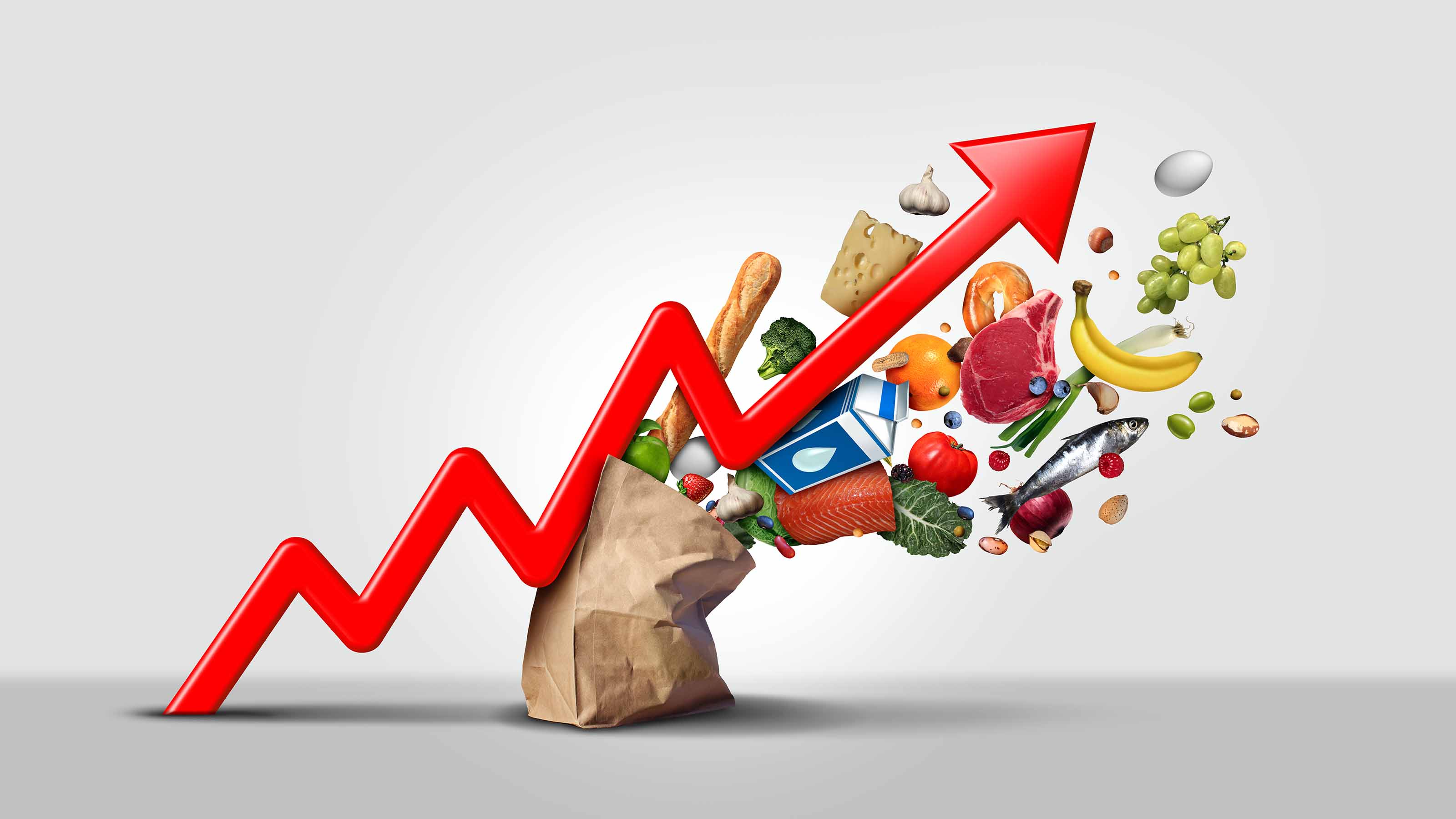
The November Consumer Price Index (CPI) showed that inflation was essentially unchanged again last month, but rising costs for key goods and services continue to pressure peoples' wallets.
For the record, headline CPI increased 0.3% month over month, a slight increase from the 0.2% rise seen in the previous four months. On an annual basis, headline CPI rose 2.7%, according to the Bureau of Labor Statistics, up from 2.6% in October.
Core CPI, which excludes food and energy costs and is considered a better indicator of future inflation, also matched estimates. The gauge increased 0.3% in November, or the same rate seen over the previous three months. Annual core CPI advanced 3.3% to match consensus expectations.
The bottom line from the November CPI report is that prices are still rising faster than consumers would like.
Between 2000 and 2020, annual inflation in the U.S. averaged just 2.1%. (Recall that the Federal Reserve's inflation target is 2%.) Perhaps we didn't appreciate it enough at the time, but the first two decades of the 21st century were a sort of Goldilocks era for inflation: not too fast and not too slow.
Just have a look at some of the subcategories in the latest CPI report to see how much things have changed. Below we highlight the goods and services that are weighing most heavily on folks' finances.
Rising prices: where inflation is hitting hardest

Housing costs, or the shelter index, helped drive the bulk of inflation last month, per the BLS.
"The index for shelter rose 0.3 percent in November, accounting for nearly 40% of the monthly all items increase," the BLS reported.
Indeed, housing has been an area of "stickiness" when it comes to rising prices. Shelter costs rose 0.4% month-to-month in October after increasing 0.2% in September.
"It's not just shelter that poses a risk, as service sector inflation broadly saw price hikes of 4.6% over the past year, in part a byproduct of strong wage gains but also lifted by outsized across a smattering of categories," writes Jim Baird, chief investment officer at Plante Moran Financial Advisors.
For example, prices for new vehicles popped 0.6% in November, reversing a multi-month downtrend.
Elsewhere, the food index also perked up, rising 0.3% last month after four consecutive months of 0.2% increases. Food at home rose 0.4% last month vs a 0.2% rise in October, while food away from home jumped 0.5% after rising 0.1% the prior month.
"Four of the six major grocery store food group indexes increased in November," per the BLS. "The index for meats, poultry, fish and eggs rose 1.7% over the month, as the index for beef increased 3.1% and the index for eggs rose 8.2%. The index for fruits and vegetables increased 0.2%."
In better news, the cereals and bakery products index fell 1.1% in November, "the largest one-month decrease ever reported for the index which was first published in 1989," the BLS said.
Services inflation is also presenting a challenge for consumers and policymakers. On a trailing 12-month basis, services excluding energy services jumped 4.6%. Transportation services rose 7.1% on an annual basis and medical care services rose 3.7% over the past year.
The bottom line is that while inflation is coming down broadly, certain categories remain stubbornly elevated.
"Inflation certainly isn’t the worry that it was not long ago, but stickiness in shelter and services inflation is making a return to the Fed’s 2% target difficult," Baird says.







